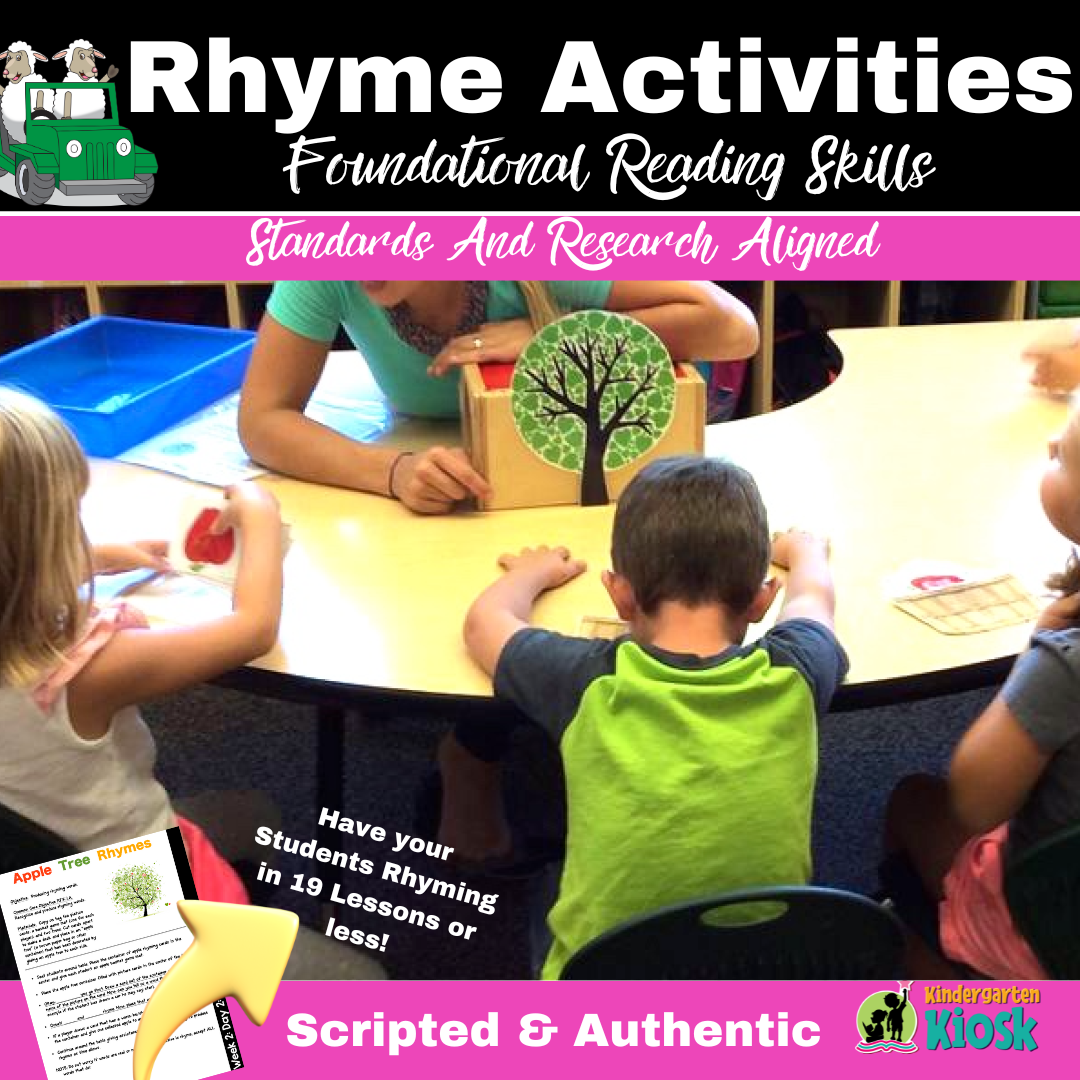Developing Oral Language Using Nursery Rhymes
Nursery rhymes are a very effective way to build important language skills. Not only are the rhymes filled with complex words and thoughts, children naturally love rhythm, movement, poetry, and song. What better way to practice language than within the safety of spontaneous chants, rhymes, and songs. The reciting of rhymes improves memory and metacognition along with other skills that are great for brain development.
Nursery rhymes help build memorization and sequencing skills. Rhymes help children with articulation, pronunciation, sound discrimination, pitch, intonation, mouth and tongue development, and much much more. Rhymes can increase comprehension, vocabulary, and reasoning skills.
Rub a Dub Dub Three Pirates in a Tub!
Nursery rhymes are becoming a lost art. Twenty years ago, you would be hard pressed to find a kindergartner who didn’t already know most of these great rhymes. Today’s kindergartners come to school knowing very few. It is up to us, their teachers, to bring the magic of song and rhyme into their worlds. We can also introduce them to new rhymes from different cultures. The website Mama’s Lisa’s World is a great resource for songs and rhymes around the world.
I like to focus on one rhyme for a day or two. I teach the rhyme and then show alternate versions in books and song using books and videos. Here are two videos of Nursery Rhymes from different cultures “A la vibora” from Mexico and “Arroz con leche” from Peru.
Old King Cole a Merry Old Soul!
Humpty Dumpty Can I put you Together?
With each rhyme, I have students act it out as we sing or chant it. I keep those videos to later string together to make a production to put on my classroom’s private youtube channel. Kids love watching it again and again. Another way to showcase your nursery rhymes and deepen oral language practice is by presenting a class or even grade-level play featuring Mother Goose herself.
There are so many activities you can incorporate into your daily academics using a Nursery Rhyme twist. Kids love when the song or poem spills out into their daily learning. Kids love playing a game of Old King Cole Gathers His Fiddles when they practice rhyming words, or The Cow jumped Over the Moon, where numbers are compared.
Our thematic unit contains many fun activities your students will love: Poetry, fingerplays and songs, shared or close reading activities, math games, language games, art projects, writing activities, and class-made or guided books.
So, dust off those nursery rhyme books! Research is on your side. "Experts in literacy and child development have discovered that if children know eight nursery rhymes by hear…, they’re usually among the best readers by the time they’re eight.”
-Fox, M. (2001). Reading Magic. San Diego, CA: Harcourt.








